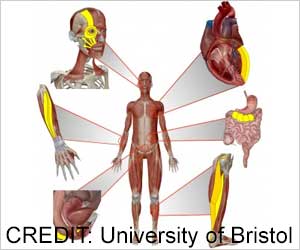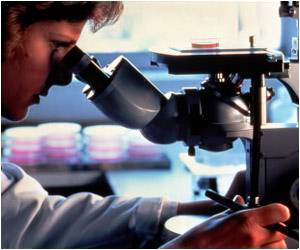
Duchenne Muscular Dystrophy
Duchenne muscular dystrophy is caused by a genetic mutation and affects one in every 5,000 boys born. Because the affected gene is on the X chromosome, girls are carriers of the mutant gene but develop the disease only very rarely (one in about 50 million).‘Developing new technologies could pave the way for producing effective therapies for a fatal muscle wasting disease known as Duchenne muscular dystrophy (DMD).’
Read More..Tweet it Now
Children with the condition will need a wheelchair by their teenage years, and most will die in or before they reach their 30s. Read More..
Previously, it was widely believed DMD starts in myofibres – cells involved in contraction, which make up the bulk of any muscle. As a result, the search for a treatment had long been focused on these cells and how to deliver therapeutics to them.
Is Duchenne Muscular Dystrophy Fatal
New research has revealed the disease begins much earlier in cells destined to become muscle fibres, known as myoblasts.The study is part of an ongoing collaboration between scientists at the University of Portsmouth, CNRS, I-STEM, AFM in France and Maj Institute of Pharmacology of the Polish Academy of Sciences.
Senior author, Professor Darek Gorecki from the School of Pharmacy and Biological Sciences at the University of Portsmouth, said: “The findings are significant because they change the way we understand the disease. We discovered the functions of myoblasts are severely affected by the absence of dystrophin, and these cells are critically important for normal muscle growth but also regeneration.
“Because these myogenic cells malfunction, damaged muscle can’t be repaired effectively. And any repaired myofiber will eventually need to be replaced, which will not happen without myogenic cells, so it becomes a vicious circle.”
Advertisement
“At the moment we’re targeting the late stage of this disease by treating patients in their teens when muscle degeneration has already taken its toll”, added Professor Gorecki.
Advertisement
The paper says new technologies could be the key to producing effective therapies for this devastating disease.
Source-Eurekalert













